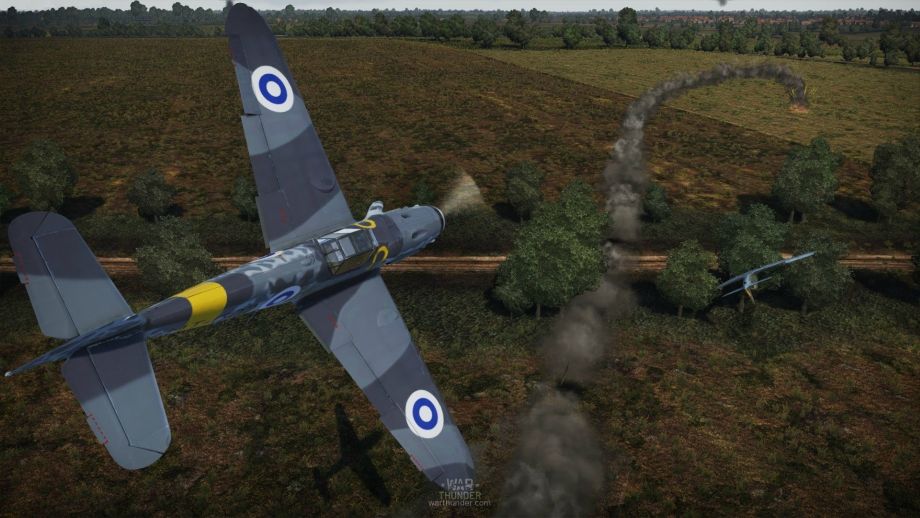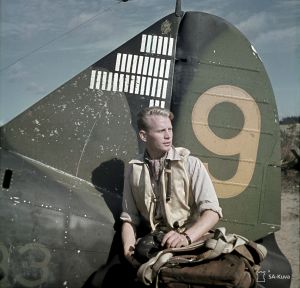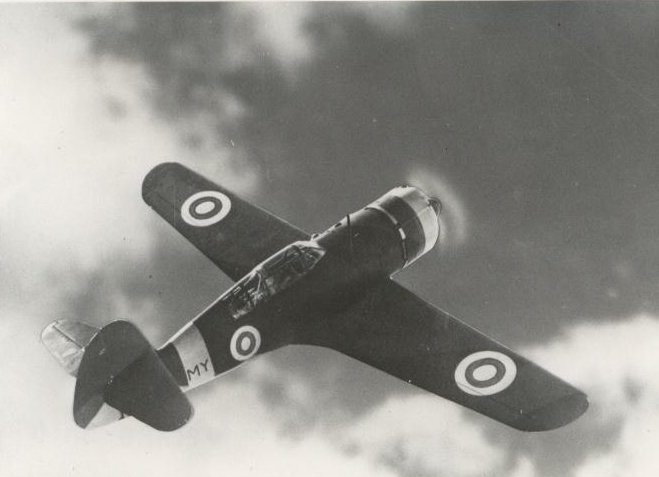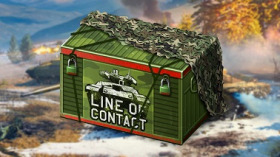
- For PC
- For MAC
- For Linux
- OS: Windows 10 (64 bit)
- Processor: Dual-Core 2.2 GHz
- Memory: 4GB
- Video Card: DirectX 11 level video card: AMD Radeon 77XX / NVIDIA GeForce GTX 660. The minimum supported resolution for the game is 720p.
- Network: Broadband Internet connection
- Hard Drive: 23.1 GB (Minimal client)
- OS: Windows 10/11 (64 bit)
- Processor: Intel Core i5 or Ryzen 5 3600 and better
- Memory: 16 GB and more
- Video Card: DirectX 11 level video card or higher and drivers: Nvidia GeForce 1060 and higher, Radeon RX 570 and higher
- Network: Broadband Internet connection
- Hard Drive: 75.9 GB (Full client)
- OS: Mac OS Big Sur 11.0 or newer
- Processor: Core i5, minimum 2.2GHz (Intel Xeon is not supported)
- Memory: 6 GB
- Video Card: Intel Iris Pro 5200 (Mac), or analog from AMD/Nvidia for Mac. Minimum supported resolution for the game is 720p with Metal support.
- Network: Broadband Internet connection
- Hard Drive: 22.1 GB (Minimal client)
- OS: Mac OS Big Sur 11.0 or newer
- Processor: Core i7 (Intel Xeon is not supported)
- Memory: 8 GB
- Video Card: Radeon Vega II or higher with Metal support.
- Network: Broadband Internet connection
- Hard Drive: 62.2 GB (Full client)
- OS: Most modern 64bit Linux distributions
- Processor: Dual-Core 2.4 GHz
- Memory: 4 GB
- Video Card: NVIDIA 660 with latest proprietary drivers (not older than 6 months) / similar AMD with latest proprietary drivers (not older than 6 months; the minimum supported resolution for the game is 720p) with Vulkan support.
- Network: Broadband Internet connection
- Hard Drive: 22.1 GB (Minimal client)
- OS: Ubuntu 20.04 64bit
- Processor: Intel Core i7
- Memory: 16 GB
- Video Card: NVIDIA 1060 with latest proprietary drivers (not older than 6 months) / similar AMD (Radeon RX 570) with latest proprietary drivers (not older than 6 months) with Vulkan support.
- Network: Broadband Internet connection
- Hard Drive: 62.2 GB (Full client)

The Finnish Air Force was first formed during the Finnish Civil War of 1918. Both Red and White Finland acquired aircraft, but the date when White Finland received a Thulin Typ D from Sweden is celebrated as the date the FAF was first formed: March 6th 1918.
Towards the end of the 1930s, the FAF was short on modern aircraft. When the Winter War against the USSR broke in November 1939, large parts of the country had to be left without air cover as the few Fokker D.XXIs and Gloster Gladiators were concentrated to key regions.
During the Winter War, Finland managed to acquire Fiat G.50s, Hawker Hurricanes, Morane-Saulnier 406s, and Brewster Buffaloes, most of which arrived too late to have a significant impact on the war that ended in March 1940.
War broke again in summer of 1941. Finland was better prepared for the Continuation War, and Brewster Buffaloes flown by veteran crews wreaked havoc against the Soviet I-153s and I-16s, as well as the new MiG-3s. In Finnish hands, the B-239 Buffalo became the most effective fighter of WWII with a kill-to-death ratio of over 30:1.
As the Continuation War progressed, Germany supplied Finland with modern weapons including Bf 109 G-2 and G-6 fighters. The most renowned Buffalo aces, such as Hans Wind and Ilmari Juutilainen, moved to Bf 109s and could keep fighting on equal terms against the new Soviet aircraft such as La-5's and Yak-9's. Juutilainen became the top scoring non-German ace of all time with 94 confirmed victories.

Lieutenant Hans Wind sitting on the tail of his Brewster Buffalo. Wind scored 75 confirmed victories during the war, 39 of them while flying the B-239.
The image is from the Wartime Photograph Archive SA-kuva.
One reason for Finnish success were the excellent maintenance crews, which kept the ragtag air force running in extreme conditions. Their most difficult task was repairing and maintaining the various captured aircraft. The Finns operated captured equipment extensively during the Continuation War ranging from Soviet SB-2 and Pe-2 bombers to Curtiss Hawks originally captured by the Germans.

Finland produced one indigenous fighter aircraft, the VL Myrsky (”Storm”) showed on picture on left, which was somewhat successful, but did not have a significant impact on the war. Other designs like the VL Humu and VL Pyörremyrsky never left the prototype stage.
After the peace with the USSR in 1944, the FAF took part in the Lapland War to remove German forces from the country. The peace terms severely limited rebuilding of the FAF after the war, as a maximum of 60 combat aircraft was allowed. Bf 109 G's were used until 1954, when the FAF finally moved to the jet age with the de Havilland Vampire.
In War Thunder, a full collection of Aircraft used by the Finnish Air Force would include over 20 planes from four nations, ranging from the Po-2 biplane to the Vampire jet. While most of them do not have FAF camo schemes yet, more user-made skins are available every day.
The War Thunder Team



